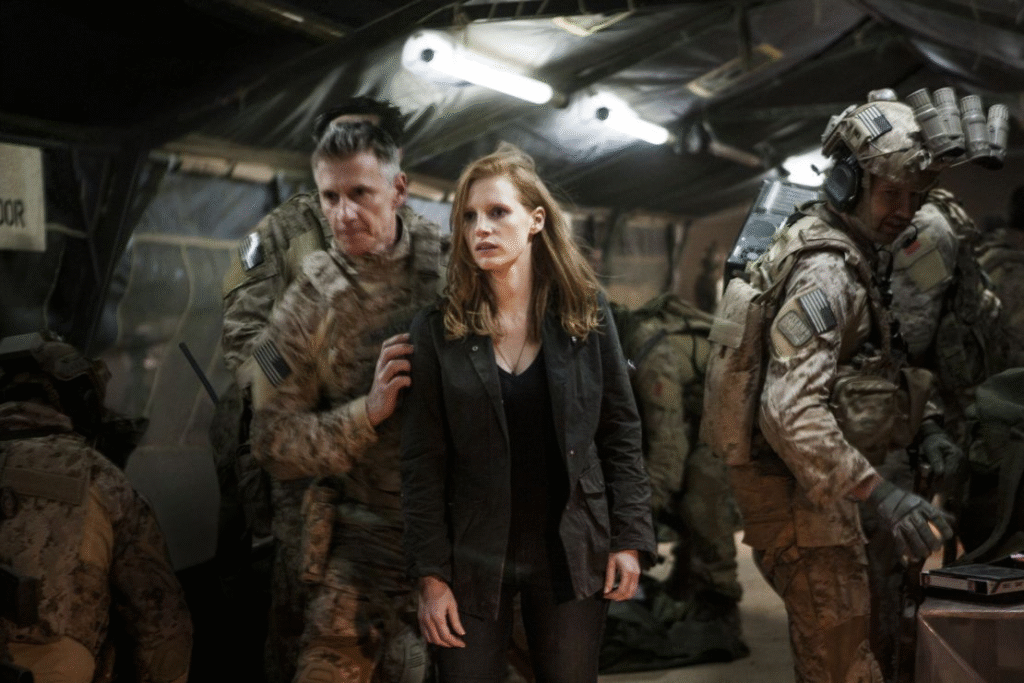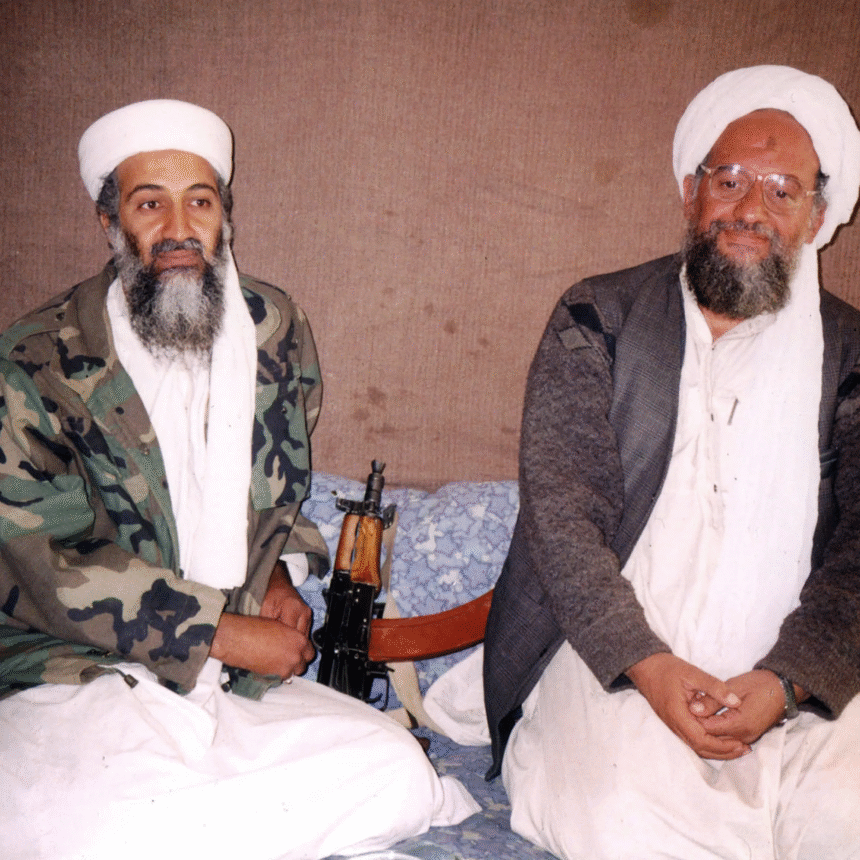Ex-CIA Officer Drops 7 Explosive Truths on How Osama bin Laden Escaped Afghanistan Dressed as a Woman
Ex-CIA officer reveals Osama bin Laden escaped Afghanistan disguised as a woman — shocking new secrets uncovered
In a startling new revelation, a former CIA officer claimed that one of the world’s most wanted terrorists, Osama bin Laden, the mastermind behind the 9/11 terror attacks, fled Afghanistan disguised as a woman to escape US forces.
In an exclusive interview with news agency ANI, John Kiriakou, who was in the CIA for 15 years and was the chief of CIA counterterrorism operations in Pakistan, also said they did not know that the translator for the commander of Central Command was actually an “Al Qaeda operative who had infiltrated the US military”.“We believed we had Osama bin Laden and the al Qaeda leadership cornered at Tora Bora,” Kiriakou said.

“We did not know that the translator for the commander of Central Command was actually an al Qaeda operative who had infiltrated the US military. And so we knew we had bin Laden cornered. We told him to come down the mountain. And he said through the translator, Can you give us until dawn? We want to evacuate the women and children, and then we’ll come down and give up. The translator convinced General Franks to approve this idea,” he added.
By dawn, US troops discovered they had been duped; the caves of Tora Bora were empty. The chase then moved across the border into Pakistan, where bin Laden would hide for nearly a decade before being killed in a US Navy SEAL raid in Abbottabad in 2011.
What ended up happening was bin Laden dressed as a woman, and he escaped under the cover of darkness in the back of a pickup truck into Pakistan,” Kiriakou added.
Kiriakou was answering a query about the United States having cornered Al-Qaeda terrorists in the Tora Bora mountains in Afghanistan after the 9/11 terror attack that killed 3,000 people, and their escape to Pakistan, and the close ties between the US and Pakistani intelligence.
The US later tracked down Osama bin Laden to Abbottabad, a city in northern Pakistan, in May 2011. He was killed on May 2 by United States Special Forces during a raid on his safe house.
Referring to the then-Pakistan President Pervez Musharraf, he said they “essentially just purchased Musharraf” and “essentially he would let us do whatever we wanted to do”.
“Our relations with the Pakistani government were very, very good. It was General Pervez Musharraf at the time. Let’s be honest here. The United States loves working with dictators. Because then you don’t have to worry about public opinion, and you don’t have to worry about the media anymore. And so we essentially just purchased Musharraf,” he said.

“We gave millions and millions and millions of dollars in aid, whether it was military aid or economic development aid. And we would meet with Musharraf regularly, several times a week. And essentially, he would let us do whatever we wanted to do. Yes. But Musharraf also had his own people that he needed to deal with,” he added.
In a startling disclosure, former CIA officer John Kiriakou has claimed that Osama bin Laden managed to slip away from the encirclement at Tora Bora in eastern Afghanistan by disguising himself as a woman. According to Kiriakou, this audacious move contributed to Bin Laden’s long evasion of capture after the 9/11 attacks.
Kiriakou says that in October 2001, U.S. forces believed they had Bin Laden and the core leadership of Al‑Qaeda cornered in Tora Bora, the rugged mountainous stronghold. However, a key moment of miscalculation unfolded when a translator working for U.S. Central Command turned out to be an infiltrator from Al-Qaeda. This translator convinced U.S. commands to grant a delay under the pretext of allowing women and children to evacuate — giving Bin Laden’s group the cover they needed.
Kiriakou recounts that under this delay, Bin Laden donned a woman’s garb and escaped in the cover of darkness, reportedly in the back of a pickup truck, into Pakistan. By dawn, the encirclement had collapsed and the leaders were gone. The U.S. military was forced to shift its focus from Afghanistan into Pakistan in the long hunt that eventually culminated in his 2011 death.
It highlights how mistakes in intelligence and reliance on seemingly trusted assets (the translator) can dramatically change operational outcomes.
It shows how unconventional tactics — such as disguised escape — can exploit even robust military efforts in asymmetric warfare.
It underlines how the hunt for Bin Laden was prolonged by more than just terrain and denial of safe havens; human-factors and deception played an outsized role.
Kiriakou also touched on the broader context: the relationship between the U.S. and Pakistan under then-President Pervez Musharraf, and how strategic priorities sometimes overshadowed counterterrorism realities. He says that the U.S. largely “purchased” Pakistani cooperation by means of military and economic aid, but that Pakistan’s internal dynamics (including its military’s priorities) complicated the fight against Al-Qaeda.
This scenario raises questions about how coalition partners and local intermediaries are vetted, how much trust is placed in translators and fixers in conflict zones, and how events such as Tora Bora shaped the decade-long pursuit of Bin Laden.
While the narrative is dramatic, it remains a claim by a former intelligence officer and should be weighed alongside other sources and records. Intelligence work is opaque; many factors may contribute to an outcome of this scale. Nonetheless, the story — if accurate — offers a compelling look at the margins of failure in a major military operation.
It also reminds us of the complexity of counter-terror operations: geography, local alliances, operational delay, human deception, disguise, and escape routes all interweave. For historians, analysts and policy-makers, the Tora Bora episode has long been a subject of scrutiny — now, Kiriakou’s comments give a new angle to consider.
Read Also : Satara Doctor’s Suicide Note Reveals 5 Explosive Allegations Against MP — Rape, Harassment, and Threats








